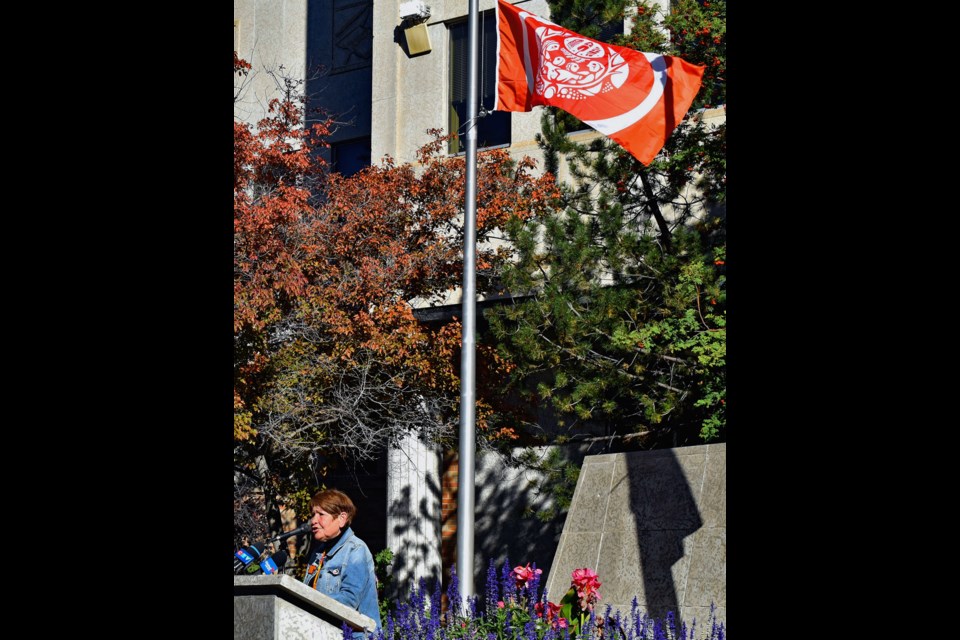SASKATOON — Shirley Isbister says she hopes the Catholic church would do more to repair its relationship and reconciliation with Indigenous people to aid residential school survivors in continuing their healing journey.
The president of the Central Urban Métis Federation Inc. praised the pilgrimage of penance done by Pope Francis and the apology he made in front of survivors and their respective communities — First Nations, Inuit and Métis.
“Well, an apology is always a great thing. But what comes after the apology? You know, you can do any kind of report, but it's the action that matters and we're still waiting for the action,” said Isbister.
The Canadian Conference of Catholic Bishops is meeting in Cornwall, Ont. this week for their 2022 Plenary Assembly. Canada’s 90 bishops are holding their first in-person meetings since 2019.
On top of the agenda is Indigenous healing and reconciliation as they reflect on the events since 215 unmarked graves were discovered in 2021 in the former Kamloops Indian Residential School in British Columbia, the Indigenous meeting at the Vatican and the papal visit this year.
Other unmarked graves were later discovered in Cowessess First Nation (Saskatchewan, Marieval Indian Residential School), Lower Kootenay Band (B.C., St. Eugene’s Mission School), and Penelakut Tribe (B.C., Kuper Island Industrial School) among others.
CCCB members will be talking about the next steps on a concrete action plan to help in the journey of healing, reconciliation and hope for all survivors and their respective families and communities.
Isbister also commended on the completion of the Survivors’ Flag that was unveiled and raised on Monday, Sept. 26, at the Civic Square attended by some members of the Saskatoon Survivors Circle, Mayor Charlie Clark and Saskatoon Tribal Council Chief Mark Arcand.
She said the raising of the Survivor’s Flag, meant to honour all residential school survivors, was a major moment for Saskatoon residents, whether Indigenous or non-Indigenous, to come and work together to help in healing and reconciliation.
“It's so meaningful. You know, when you look at all the survivors that are here this morning and to be able to participate in raising the Survivors’ Flag your heart feels that you just need to be there with them to support them, circle them with strength,” said Isbister.
The Survivors’ Flag will remain raised in Civic Square until Monday, Oct. 3, and will be flown at half-mast along with all the other flags until Thursday, Sept. 29, in recognition of the national memorial days for firefighters, and police and peace officers.
The city of Saskatoon has also unveiled the Orange Banner Project where 10 different banners numbering close to 250 were put up in various places in the city — starting from 20th Street West intersecting with Avenue P Â鶹ÊÓƵ and continuing east to Spadina Crescent East.
Orange banners can also be spotted northeast along Spadina Crescent as far as University Bridge and restarting on the other side of the bridge heading east to College Drive. From there, they will continue from College Drive to Preston Avenue North.
The banners will read: More than 150,000 attended residential schools, many never returned home, it was not just Indigenous history, it is our shared history, we are telling our stories, every child matters, over 160 years of pain, but together we can heal, Saskatoon Survivors Circle with the Cree word ayacimoyok meaning “We are telling our stories” and commitment to reconciliation [Métis survivors].




